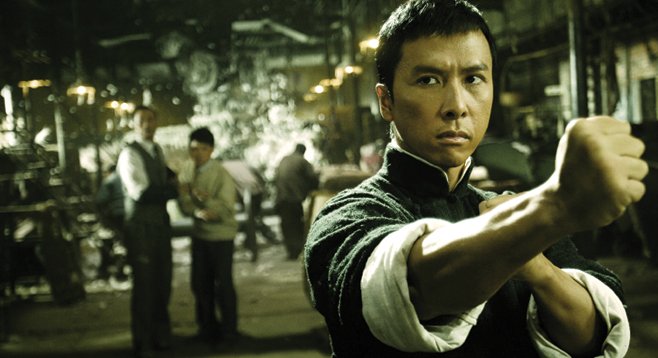
The martial arts film genre is where Asian productions definitely lead the way, with more entries in the category than one can count. Those from Hong Kong are definitely the most renowned, but as you are about to see, there are a plethora shot in countries like Thailand, Indonesia, and other southeast Asian countries.
Here is a list with a number of the best of the genre in chronological order, noting that one of the list’s purposes is diversity, and that films like “Time and Tide”, which focus more on gunfights rather than martial arts, were excluded.
1. One Armed Swordsman (Chang Cheh, 1967, Hong Kong)
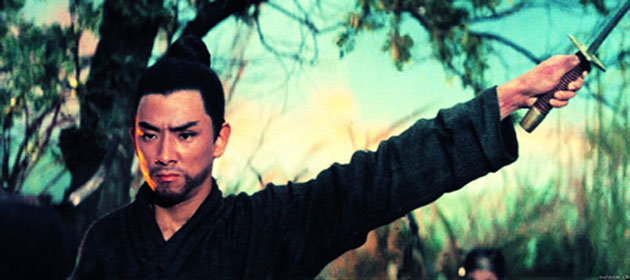
Shaw Brothers is probably the studio with the most entries in the martial arts genre, and this particular movie was produced during their most dominant period in the 60s, when they controlled 35 companies, 130 cinemas, nine entertainment parks and three studios.
The film spawned two sequels, a remake by Tsui Hark, a crossover with Zatoichi, and innumerable imitations, in one of the genre’s most influential pictures.
Furthermore, “One-Armed Swordsman” introduced the concept of the anti-hero, which additionally entailed intense swordplay, heavy bloodletting, and a level of violence that was unprecedented for the time.
Finally, the film was the first to reach the mark of HK $1 million at the local box office, singlehandedly making a star out of his protagonist, Jimmy Wang.
A rival clan attacks the Golden Sword School, and the one who manages to save the master is a servant who ends up mortally wounded. In order to honor his sacrifice, Master Qi Ru Feng takes his son, Fang Gang, as a student, in a very unusual gesture for the era.
Years pass and Fang Kang has become one of the top students in the school; however, he is the object of scorn by his classmates due to his low origins, thus resulting in him abandoning the institution.
Eventually, he confronts a gang headed by Master Qi’s daughter, Pei-Er, who in the following battle cunningly manages to cut off his arm. Later in the story, the injured Fang Kang is nursed by a farm girl, Hsia Man, who subsequently provides him with a kung fu manual with techniques for one-handed fighters.
Jimmy Wang was evidently not of the same caliber as master fighters Bruce Lee or Jackie Chan. Because of this, Cheng Chang’s biggest achievement in this film is that he managed to make him seem like a great martial artist, through a number of clever cinematic tricks and stunts.
Besides the impressive hacking and slashing action, the director also showed a number of social issues, including loyalty, forgiveness, and even a bit of romance.
2. Dragon Inn (King Hu, 1967, Taiwan)
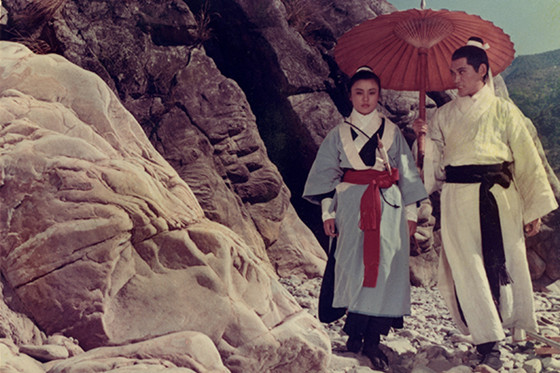
During the Ming Dynasty, the corrupt and powerful eunuch Cao executes his main political opponent, Minister of Defense Yu, and exiles his children to the border, where he plans to assassinate them. The children find refuge at the Dragon Gate Inn, where Cao’s assassins have set up an ambush. However, the traveling swordsman Xiao Shaozi and the Zhu Brothers also show up, obstructing the killers’ mission.
King Hu wanted to shoot a wuxia film different from those Shaw Brothers produced and he succeeded by giving depth to the film’s script through a number of subplots, by altering the way women appeared on screen and by including notions and themes that eventually became archetypes of the genre, including the evil eunuch, the female sword master, and the children of the murdered officials.
The battles are of equal quality with the rest of the film, although they owe more to the fast-paced editing than the choreography, as was the rule in wuxia films. Lastly, the final battle is magnificent, succeeding in keeping the tension throughout its large duration.
3. The Big Boss (Lo Wei, 1971, Hong Kong)
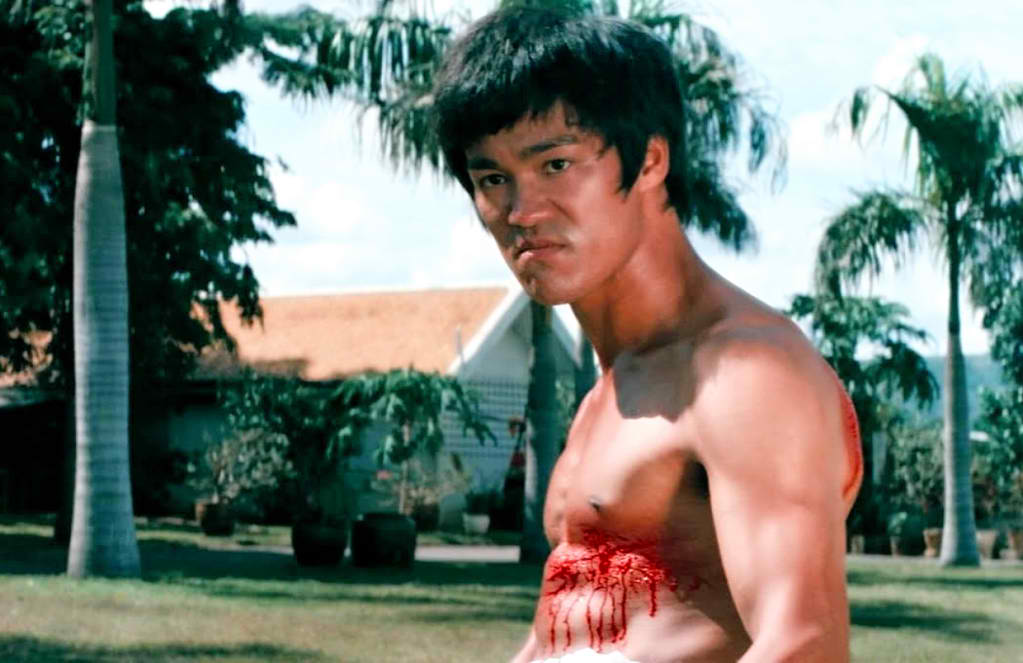
Cheng Chao An is a Chinese man who’s recently moved to Thailand to live with his cousins and work at an ice factory. Due to some prior altercations, he has sworn to never fight again. However, when his cousins start mysteriously disappearing one by one after they meet with the big boss, he realizes he has to take matters into his own hands.
Lo Wei directs a film that centers on the uncanny abilities of Bruce Lee to present a highly entertaining outcome, including some of the most impressive action scenes in Lee’s career.
In particular, the final scene and the scene in the ice factory have become trademarks of both the genre and Lee himself.
4. A Touch of Zen (King Hu, 1971, Taiwan)
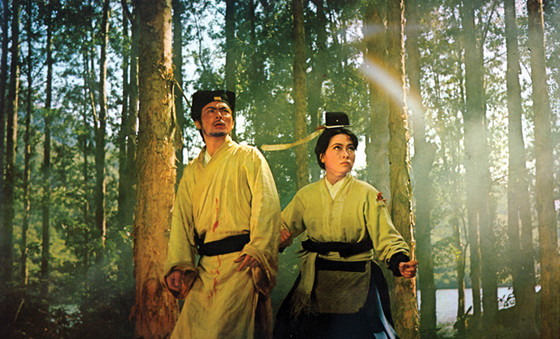
Gu is a talented painter and scholar who still lives with his mother, who worries about him being unambitious, unmarried and the fact that he didn’t apply for a civil servant position. Eventually, a young girl named Yang and her mother settle nearby in an abandoned house, which everybody considers to be haunted. However, Gu’s mother does not seem at all bothered by that fact and she tries to arrange a marriage between Gu and Yang.
The girl declines, but she and Gu strike a peculiar friendship after she explains that she and her mother are fugitives on the run from the corrupt eunuch Wei, who had her father assassinated for learning of his foul tactics, and is set on killing the whole family.
Moreover, something that has been long dormant seems to wake inside Gu after he spends the night at Yang’s house, and it transforms him into a cunning and ingenious individual, who subsequently devises a plan to conquer their rivals by exploiting the supposedly haunted ruins of the area.
King Hu’s effort to enrich the former wuxia genre found its apogee in this film, with an elaborate script, in-depth analysis of characters, high symbolism, and technical prowess, while he retained the artfully choreographed action scenes that characterize the category.
5. Fist of Fury (Wei Lo, 1972, Hong Kong)
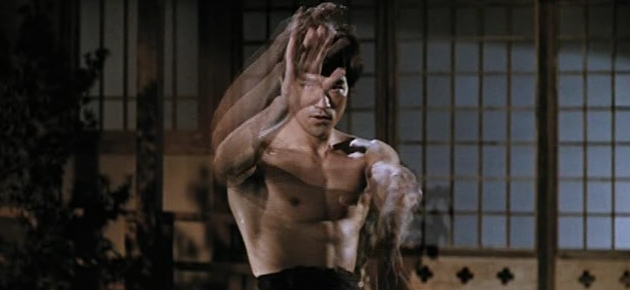
The first film to feature iconic character Chen Zhen takes place at the beginning of the 20th century, with the hero returning to Shanghai to marry his fiancé. However, as soon as he arrives, he is informed of his teacher’s death under suspicious circumstances.
Furthermore, during the funeral, students from a Japanese dojo make an appearance and start mocking Chen Zhen and his colleagues. Eventually, against advice from his friends, he gets into a fight with the Japanese students while he investigates his master’s death.
With Bruce Lee choreographing the action scenes, “Fist of Fury” took full advantage of his athleticism and technique, thus presenting a plethora of amazing fights where Lee moves with uncanny speed and grace.
Additionally, it was one of the first films where the action scenes were not structured in the form of a Chinese opera, as was the rule up to that point, but instead the form implemented in Japanese samurai films, with actual martial arts sequences.
This element made Lee’s prowess even more evident, and was one of the main reasons for the film’s success in the United States.
6. Master of the Flying Guillotine (Jimmy Wang, 1976, Taiwan)
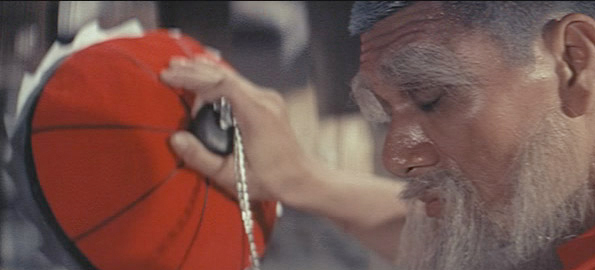
Jimmy Wang wrote, directed and starred in this sequel of “One-Armed Boxer”, which reached cult classic status due to its themes that inspired video games like “Street Fighter” and “Mortal Kombat”, as well as directors like Quentin Tarantino (who implemented some of these themes in his films), the absurd character names, and the fact that it featured music from Krautrock bands like Kraftwerk, without their permission.
The script revolves around an old monk who wants to exact revenge from the One-Armed Boxer for killing his two disciples. His chance appears in the form of an invitation for a martial arts tournament, where his rival will also participate.
Wang’s biggest achievement in the film is the conception and the depiction of the various fighters, which include a young Thai boxer who dances before each fight and a strange Japanese fighter named Win Without a Knife. One of the film’s many jokes focuses on the latter’s name and his technique.
Furthermore, the movie was one of the earliest to include some of the later archetypes of the genre, like the tournament concept and the ignored gravity laws.
The action scenes are impressive despite their evident nonsensicality, and the final scene between the two rivals is sublime.
7. The 36th Chamber of Shaolin (Lau Kar Leung, 1978, Hong Kong)
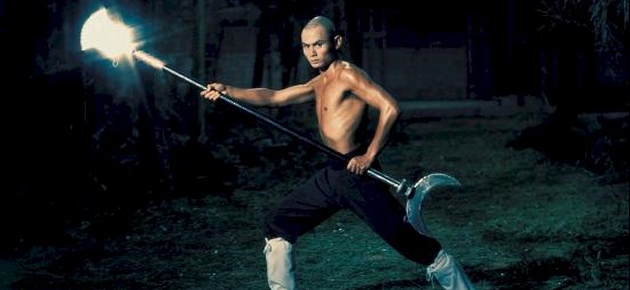
The Manchu government assassinates Young San Te’s family and teacher. In order to exact revenge, he decides to attend a Shaolin temple to learn kung fu.
However, the training is quite rigorous and San Te has to overcome 35 different levels in order to perfect his speed and technique. As he is about to complete his training, the temple officially exiles him in a secretive way, to allow him to aid the people fighting against the oppressors.
Liu Chia Liang directed a film that is based on rhythm and attention to detail, while taking full advantage of Gordon Liu’s martial arts abilities, to present a truly impressive picture with fully synchronized action scenes.
Furthermore, he included moral and philosophical dilemmas in a movie that also excels in terms of its cinematography.
8. Snake in the Eagle’s Shadow (Yuen Woo Ping, 1978, Hong Kong)
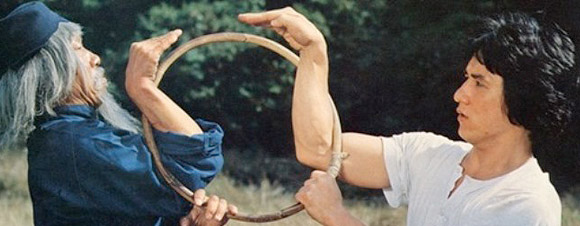
Young and dumb Chien Fu is a subordinate in a martial arts school, where he is constantly beaten by his teachers without ever getting a chance to learn. One day, he helps a beggar by offering him a meal. The man, however, proves to be Pai Cheng Tien, master of the Snake Style, currently in hiding from the Eagle Claw School. Because of this, Cheng Tien decides to teach Chien Fu.
The film was a turning point for both the careers of Yuen Woo Ping, who made his directorial debut, and Jackie Chan, who proved that he had a future in action comedy rather than a future as Bruce Lee’s successor, a role that Lo Wei (of Hong Kong production company Orange Sky Golden Harvest) envisioned him taking.
The movie provides comedy to the point of clowning, although the action scenes are impressive, proving the prowess of both Jackie Chan and Yuen Woo Ping in that department.
The movie is very much alike “Drunken Master”, which was also released in the same year with the majority of the actors reprising their roles.